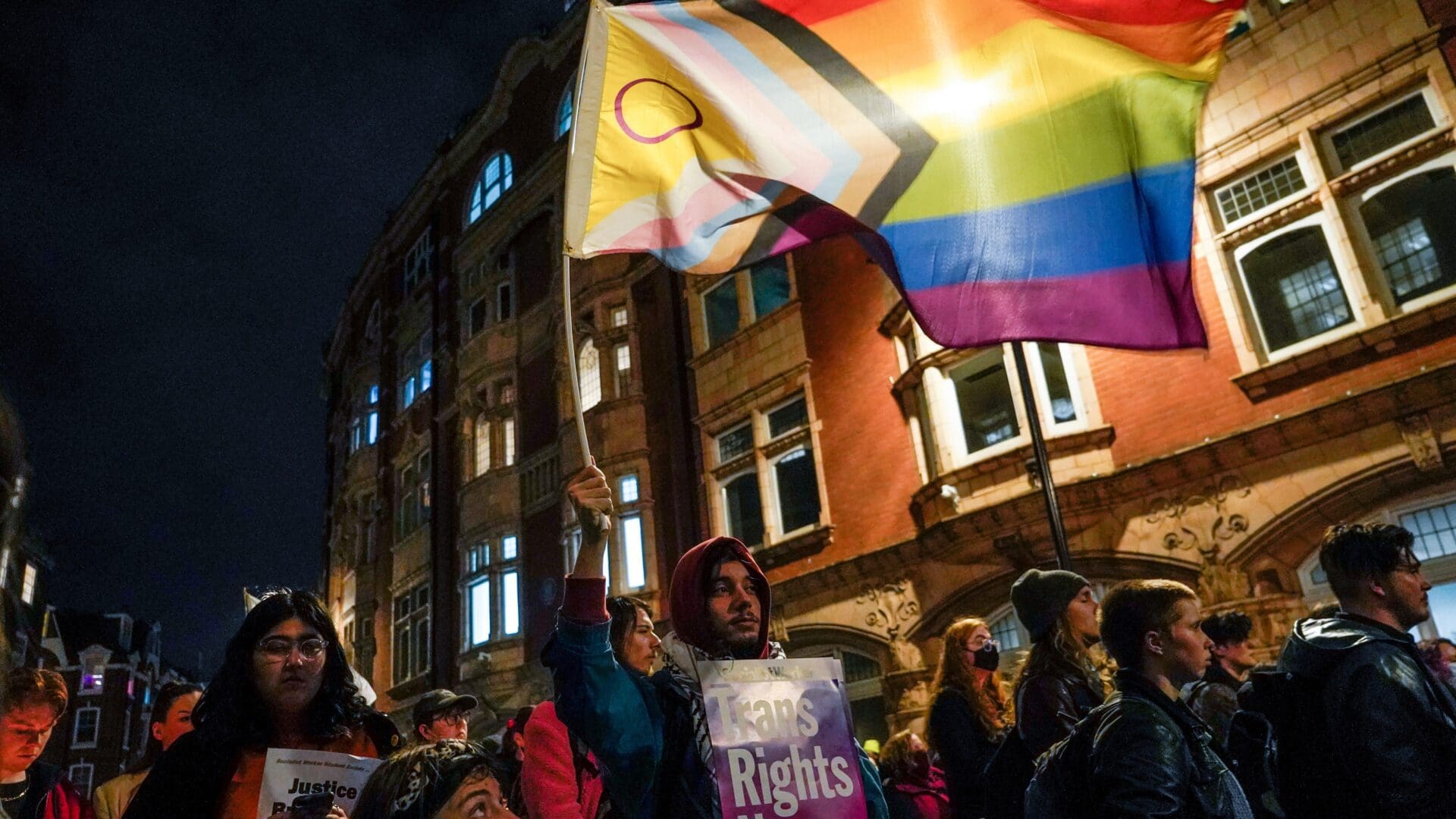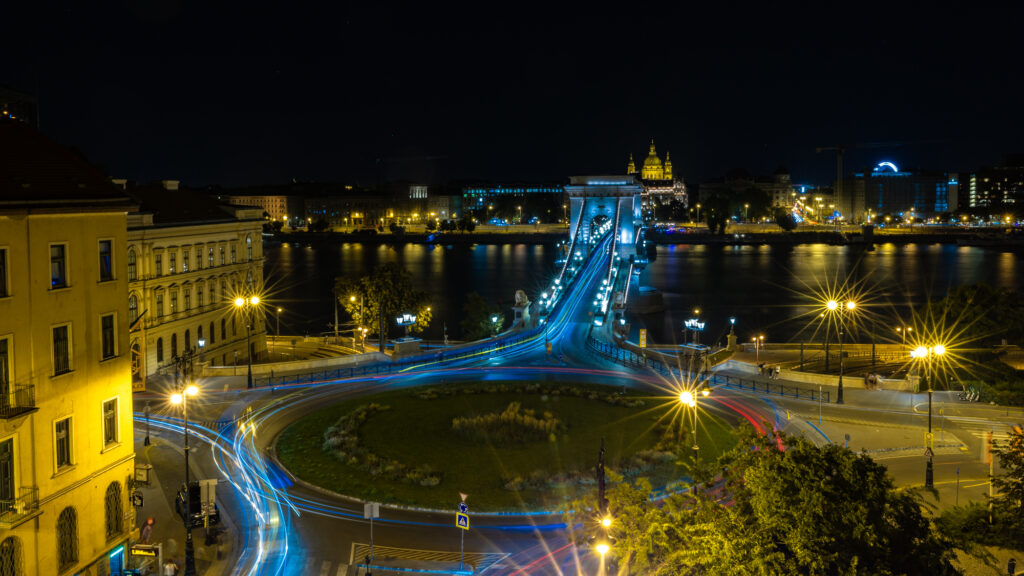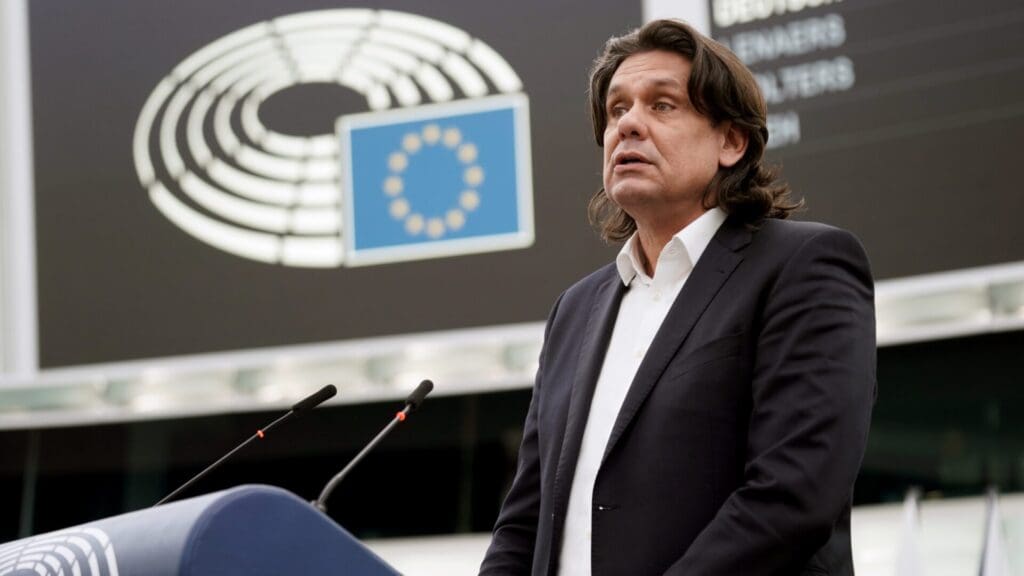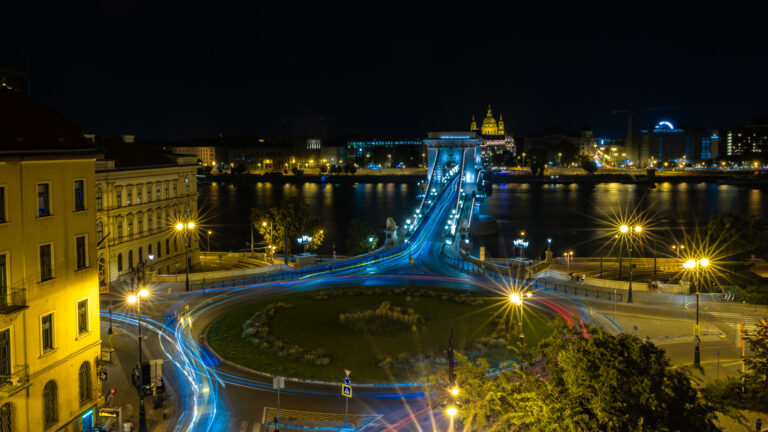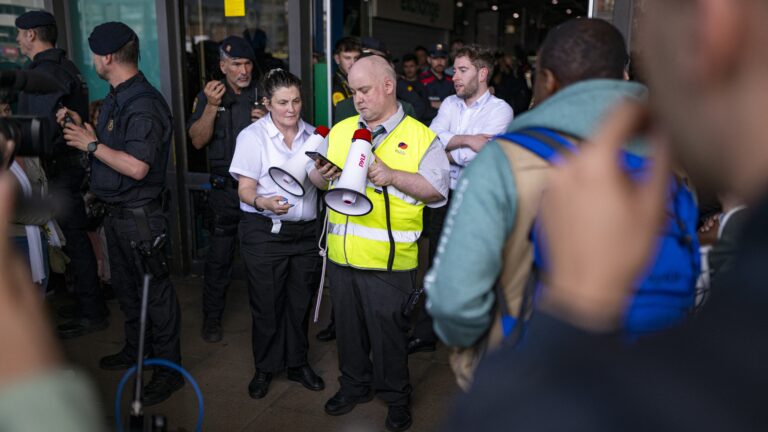Although Hungary is constantly accused of homophobia and transphobia in the Western press, the 2023 report by the European branch of the International Lesbian, Gay, Bisexual, Trans and Intersex Association on violent atrocities in 2022 paints a very different picture. Although the ILGA Europe report, which can be read here, says that the number of cases in Hungary is ‘increasing’ and that there are ‘more’ physical atrocities, it only lists two or three specific cases (the wording is vague). Even one act of violence is reprehensible, of course, but it is worth noting that there is no mention of murder, attempted murder, kidnapping, rape or any other such acts when it comes to Hungary.
Let us then see what Western European liberal democracies have been up to in comparison.
Altogether, according to the report, civil society organisations and other non-governmental groups reported 979 anti-LGBT hate crimes in 38 European states in 2022. These include 603 violent attacks against people, a decrease compared to the previous report, 295 threats and 81 attacks against property.
In Austria, hate crimes continued to be a serious issue last year, with over two hundred incidents just in the first three months of the year. The Ministry of Interior’s annual hate crime report documented 376 hate crimes against LGBTIQ people in 2021, although over 80 per cent of the cases may not even be reported.
In Belgium, two men were physically assaulted and robbed outside a gay bar in Liège in March. In May, a boy and his family were assaulted in Brussels after leaving the city’s Pride event. The attackers burnt the rainbow flag the boy was carrying, causing burn injuries. A study based on 42 testimonies from LGBTQIA+ people was published in May, revealing that underreporting is extremely common in the Brussels region, that the anti-LGBTQIA+ motive of attacks is often unregistered by the police, and investigations rarely yield results. The study was jointly prepared by civil society and local monitoring bodies. In August, another study in Flanders found that on the basis of over 400 responses from LGBTQ+ people,
one in four have been subject to threats or physical assault.
In Norway, the 2021 hate crimes report of the police found a drastic increase in anti-LGBT hate crimes, from 97 in 2020 to 240 in 2021. It should be noted that in Oslo, two were killed and 20 wounded after an attack outside an LGBTI bar.
In Finland, a rainbow-coloured bench was set on fire in Pirkanmaa on a beach where a Pride event for young people was to be held. Police had to remove far-right protesters outside the Oodi Central Library, which hosted a drag story time event during Pride month. In the town of Lapua four youngsters detonated a homemade bomb at the other end of a building where a Lapua Pride event was taking place. Lapua Pride also received violent threats on social media. Also in the town of Mikkeli, a homemade bomb was detonated by two young persons close to where the Pride march was taking place.
In France, the Ministry of Interior shared that the number of anti-LGBTI hate crimes rose by 28 per cent between 2020-2021.
Between 2016-2021, the number of incidents doubled. 2021 saw a temporary decrease presumably due to the COVID-19 pandemic. The French ministry also highlighted that these numbers are in no way total, as a mere 20 per cent of victims report threats and attacks to the police.
As for Germany, hate crimes continued to be a serious issue last year, but about 90 per cent of cases continue to go unreported. In Berlin, for instance, anti-LGBTI hate crimes rose by 17 per cent in 2022. Lower Saxony also recorded an increase in homophobic crimes. In January and July, the grave of trans migrant activist Ella Nik Bayan was vandalised. Other examples from across the country include attacks against trans women, and homophobic violence. The fatal attack against a trans man who tried to stop a man from harassing two women at a Pride march shook the community.
In Ireland, according to the police’s annual hate crime statistics, hate crimes and violence have become more common, although the report does not cite exact figures. In April, two men were murdered in separate homophobic attacks in the town of Sligo; a 22-year-old man awaits trial.
In Italy, the national lesbophobia monitoring group called Non Una Di Meno published its report documenting one lesbophobic hate crime per month between 2011 and 2021. Non Una Di Meno’s monitoring work identified 112 lesbophobic and transphobic murders nationwide in 2022
The situation is quite dramatic in the Netherlands. The government reported 2,471 anti-LGBTI violence and discrimination cases in 2021, up from 2,336 in 2020 and 2,072 in 2019.
These include death threats and physical assault.
In Portugal, between January and early December this year, ILGA Portugal received a total of 830 requests for contact or immediate support in cases of violence at home, loss of income, and evictions. Of these, 268 came from people who reached out for the first time. 220 cases of domestic violence and assault were reported this year, of which 71 were cases of gender-based violence. Even more brutal cases followed: a young lesbian couple, aged 19 and 16, was abducted for over six hours and raped in Lisboa. The perpetrator was arrested and awaits trial.
In Spain, hate crimes continued to be a serious issue this year. The annual report of the Ministry of Interior documented a record number of 466 anti-LGBT hate crimes in 2021 (2020: 277), with one in every four hate crimes targeting LGBT people. This is a 68% increase in one year!
In Switzerland, anti-LGBT attacks continued to be an issue, with the number of hate crimes increasing. The joint report by TGNS, LOS, and Pink Cross documented 96 anti-LGBTQ hate crimes in 2021 – 50% more than the previous year.
And finally, in the UK, hate crimes against LGBT people have reached tragic levels. Hate crime statistics report that homophobic hate crimes increased by 42 per cent, while transphobic hate crimes by a staggering 56 per cent in England and Wales. This marks the starkest annual increase since 2012.
To look eastward as well, let us examine the situation in Romania. There was a clear rise in hate crimes during Bucharest Pride last year, with over 20 victims asking ACCEPT for legal advice. In November, a few days before Trans Day of Remembrance, Vasilica Narcisa, a trans woman, was found dead in her dorm room.
So What is the Reason Behind the Shocking Numbers?
The author of these lines does not wish to relativise or belittle the role of the far right behind these attacks, which obviously exists and should be condemned. Whatever the debates between LGBT activists and conservatives, whatever our views on the need to protect the traditional family,
anti-gay and anti-trans violence must be condemned and fought on all possible fronts.
All Hungarian citizens have the right to live their private and sexual lives in peace and security, regardless of their sexual orientation or gender identity—as long as the persons they are attracted to are consenting adults, of course.
Nonetheless, the above differences in numbers cannot be ignored.
How come, compared to what is going on in Western Europe, Hungary seems to be an island of peace for gay and trans people? How can it be that the Hungarian government is constantly accused internationally of homophobic campaigns, yet it is not here that the murders and rapes, the thousands of atrocities that occur every year, happen, but in the liberal West?
The answer, at least in part, is obviously mass immigration. In the Muslim and Arab countries of the majority world, homophobia is a daily occurrence, and the examples are so numerous that it would be difficult to cite them. Across the Middle East and Asia, violence, exclusion, humiliation and, not infrequently, death are the fate of same-sex-attracted people and those who want to change their gender.
Unfortunately, the numbers are clear. While few surveys indicate the background of the perpetrators, the fact is that in Amsterdam, among those suspected of anti-gay physical violence, 36 per cent are of Moroccan origin, while only 16 per cent of Amsterdam men under 25 have Moroccan ancestry. According to a 2008 survey by the University of Amsterdam, two thirds of homophobic incidents in the Netherlands were committed by people with an immigrant background. One article speaks clearly about the impact of homophobia imported from the Muslim world on French society: ’After arriving in France, Adil never thought that he would find the same homophobic attitudes and insults as in his native country. “I’ve been bullied as much here as in my country. At work, some Muslims knew I was gay and asked me to quit my job. I don’t want to talk to these kinds of people anymore,’ the article quotes a gay Muslim as saying. Gay people in France are afraid of homophobic attacks in general, but gay Muslims are the most fearful, DW reported in 2016.
As I pointed out in a previous article in Hungarian on Mandiner, the principle of mass, uncontrolled immigration and the fight for gay rights cannot be advocated at the same time.
We must decide whether we want to import intolerant attitudes into Europe,
or if we indeed want to stand up for the rights to safety of our fellow gay and trans citizens.

